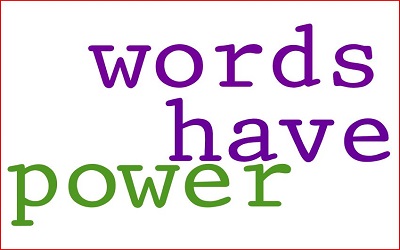今天墨尔本文波雅思分享给大家的是关于语言类的相关报道,为什么要学第二语言,大家注意积累词汇句型观点,写作口语都可以用到!
Why Learning A Language Could Save Your Career
In today’s Millennial-saturated job market, it can be hard for even the most talented and experienced boomers to preserve their competitive advantage. However, there is a rare skill that makes hiring managers sit up and take notice(引起注意): fluency in a high-demand, low-supply(供不应求) language.
Whether your goal is to remain relevant in your current position, switch jobs (换工作)or launch an encore career, acquiring a second language could set you apart from the sea of qualified (and younger) job applicants.
Many companies are rapidly expanding overseas and scrambling(挣扎着) to appeal to foreign-language customer segments. But which language is the most lucrative to learn and what learning method is most effective for midlifers?
Three Languages Worth Considering
The general consensus共识 among career experts is that the most universally-useful languages are Mandarin-Chinese, German and Spanish. This week, Facebook CEO Mark Zuckerberg(非死不可CEO马克 扎克伯格注意人名如何拼写,用于写作中) gave an interview entirely in Mandarin.
Mandarin-Chinese (a notoriously difficult-to-learn language) and German are especially helpful to know if you work in the manufacturing or the financial sphere领域. Thanks to our global economy, those industries depend heavily on employees who can effectively communicate with foreign partners.
Goldman Sachs has reported that at least 50% of its employees speak a foreign language and that German is a language the firm actively seeks in job candidates. And the demand for fluent Mandarin-Chinese stockbrokers, in particular, has risen sharply in recent years.
Spanish is an extremely practical choice if your career is in sales, marketing or health care. The 2010 Census found that Latinos make up 16% of the U.S. population, creating a domestic consumer segment that has companies desperate to hire and retain bilingual employees. Firms such as McDonald’s, Dish Network and L’Oreal are spending millions to target Latino markets and are diversifying their workforce accordingly.
The Best Way to Learn a Language
Children learn new languages with ease. It’s harder for adults to learn secondary languages, but certainly not impossible. To gain fluency quickly, you must dedicate yourself to formal study, daily practice and immersion activities.
The first step is to invest in software that will teach you the basic vocabulary, pronunciation and verb conjugations of the language you want to learn.
The most trusted resource for language-learning software is Rosetta Stone, though it can be very expensive ($179 to $249 for a CD; $169 to $249 for an online subscription).
If that’s a little steep for you, the United States Foreign Service Institute has compiled a massive library of free online language courses and there are hundreds of free language-tutorial videos on YouTube.
For a more structured approach, the best option may be a course at a local college. Many employers offer tuition reimbursement, so ask your HR representative.
Practice, Practice, Practice
Although it’s more difficult for adult students to retain a second language long-term than for kids, interactive language games like DuoLingo (free; for eight languages including Spanish and German) and Babbel (from $6.95 a month to $12.95 a month; 14 languages including Spanish and German) can make daily practice fun. They help with memorization and offer instant gratification when you need an ego boost. You can access these games from your mobile device, making them extremely convenient.
Try to dedicate at least 30 minutes a day to practicing your new language; the more practice you get, the faster you’ll learn.
Immersion Activities Can Help, Too
While studying and daily practice are imperative, it is also important to learn about cultural and conversational aspects of your second language. Immersion activities can be a great way to familiarize yourself with cues to become an effective communicator in another language.
If you prefer to practice immersion from home, free sites like MyLanguageExchange can connect you with a group of three or four partners. You can also find immersion groups in your community — comprised of people like you who are eager to become fluent — by searching sites like Meetup.
Or, for a one-on-one experience, local community centers will often pair you with a conversation partner who’ll help you learn his or her native language in exchange for practicing English skills.





